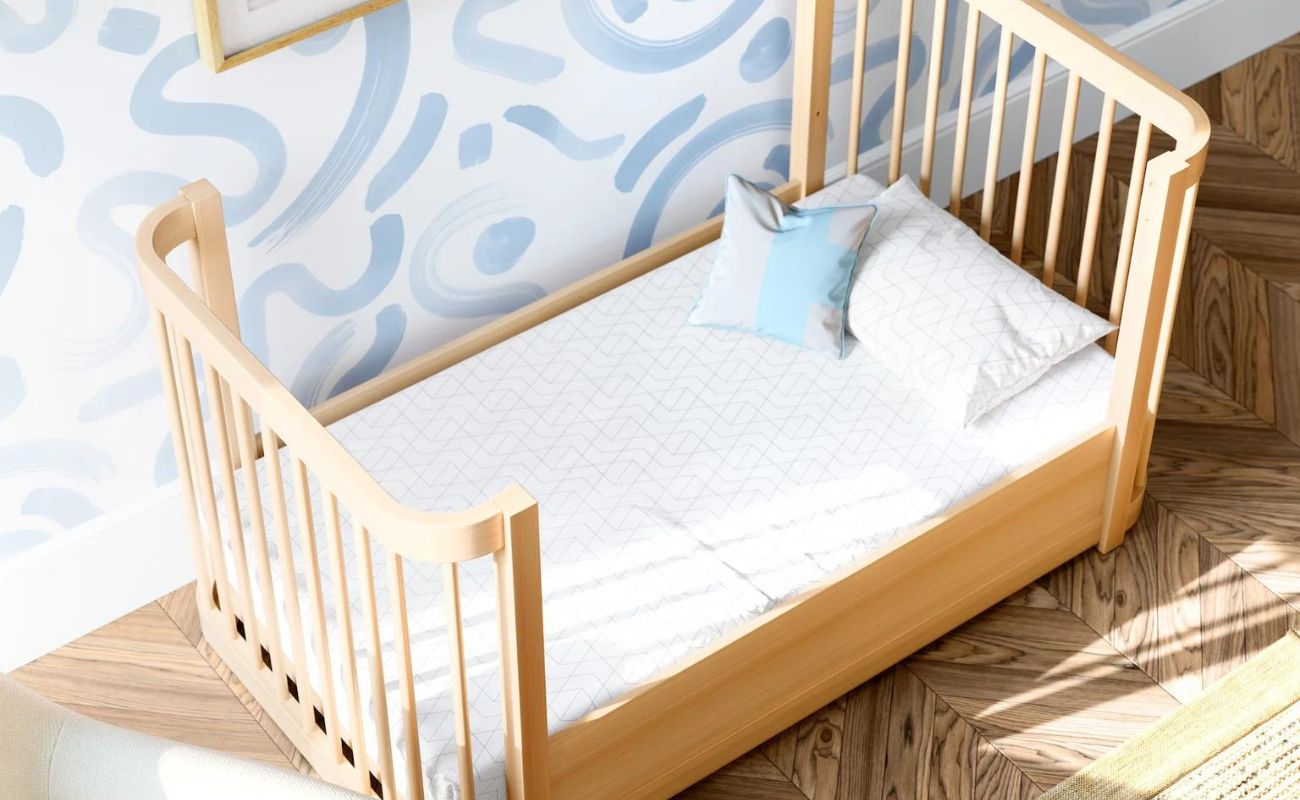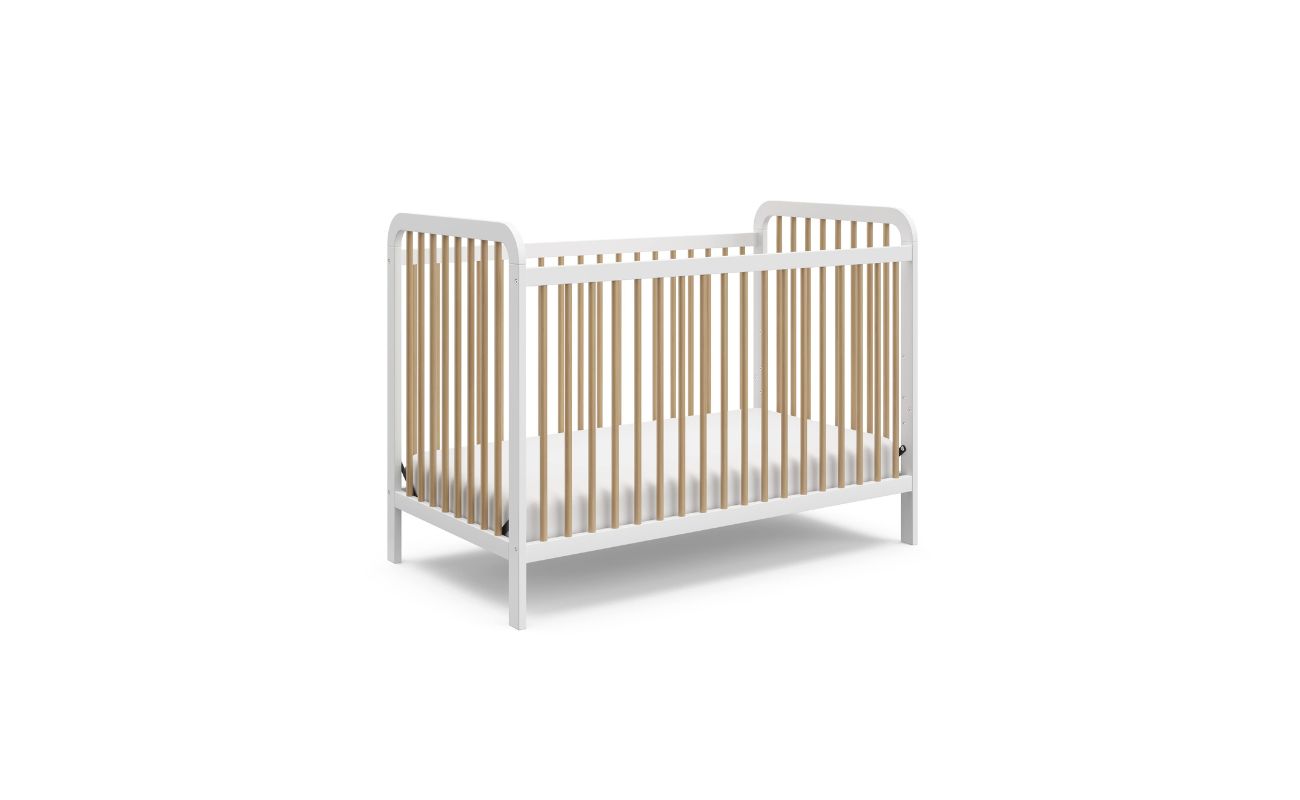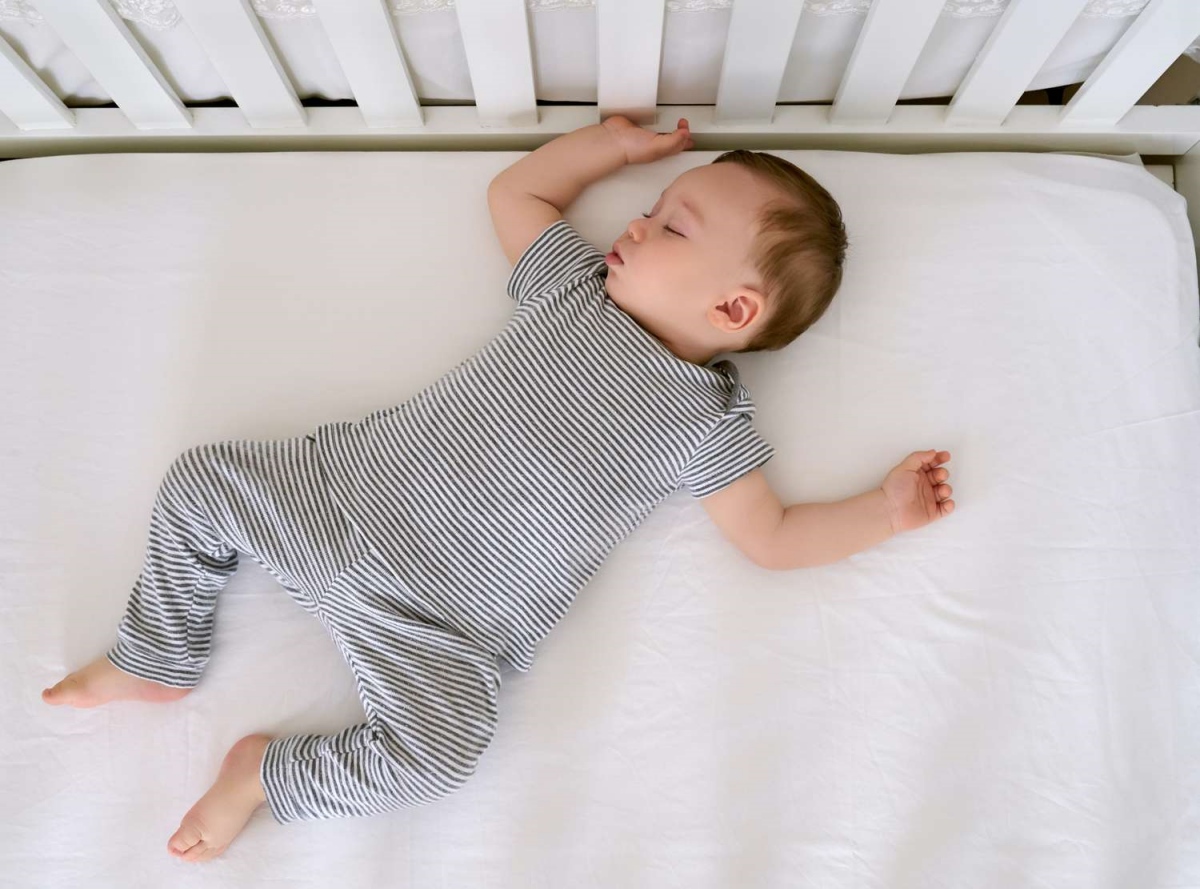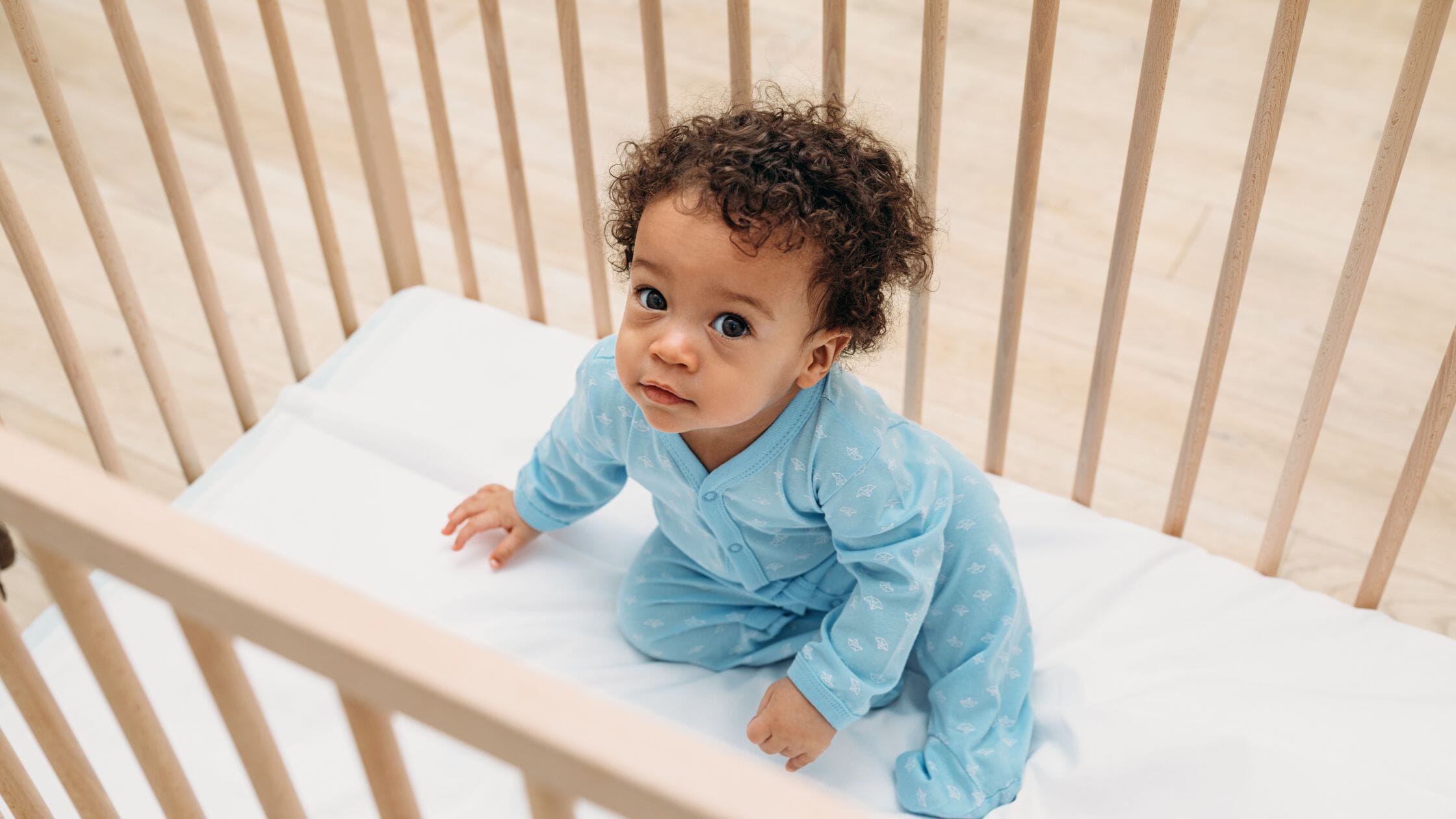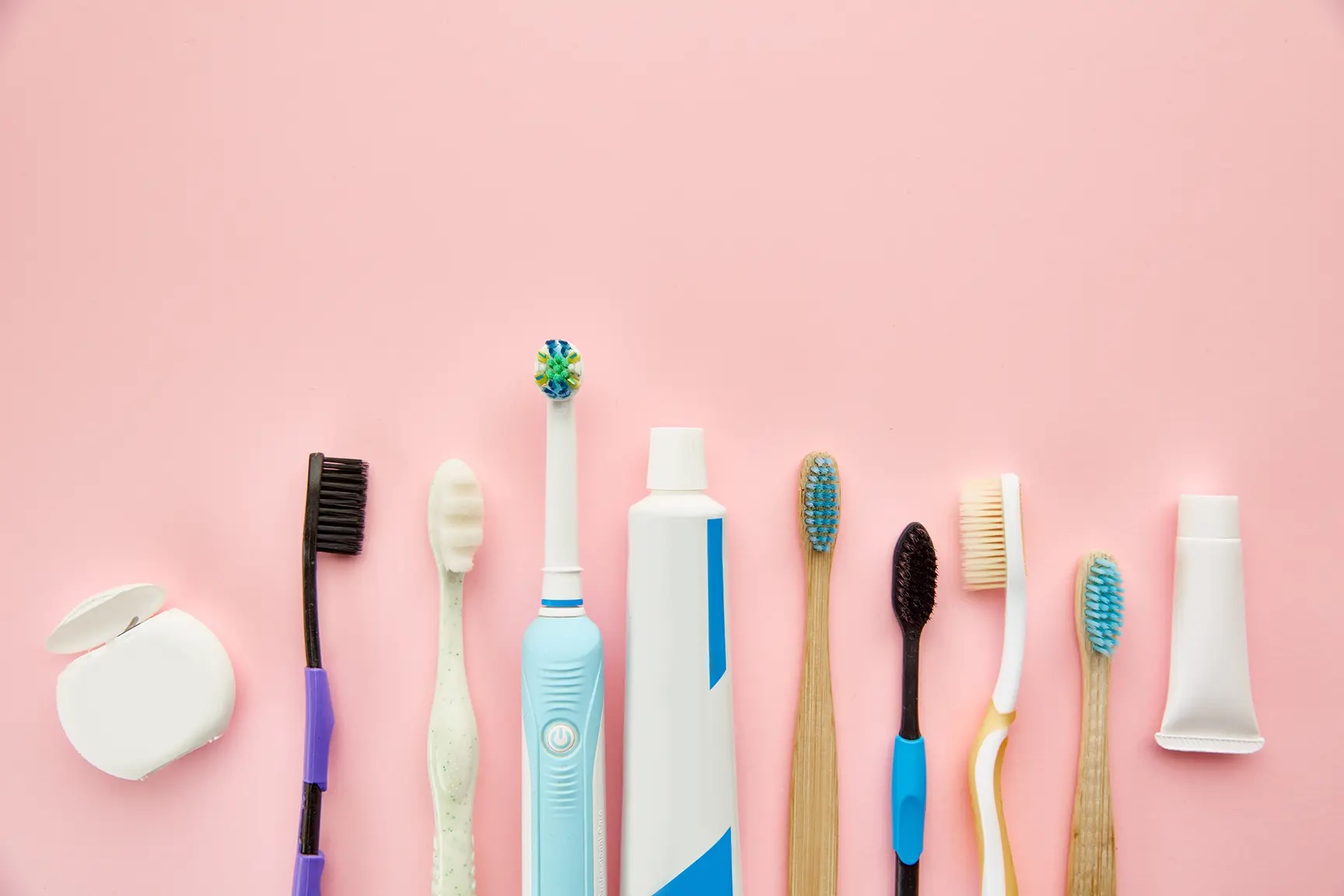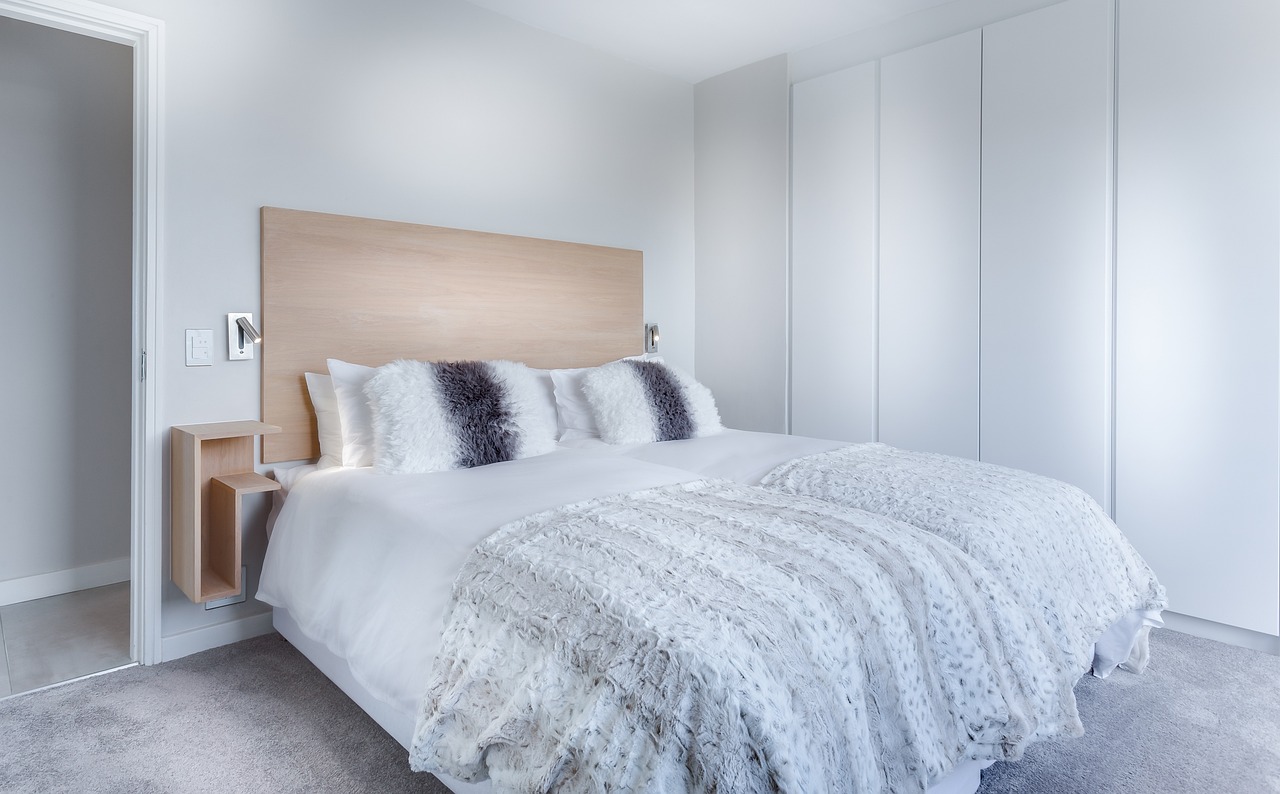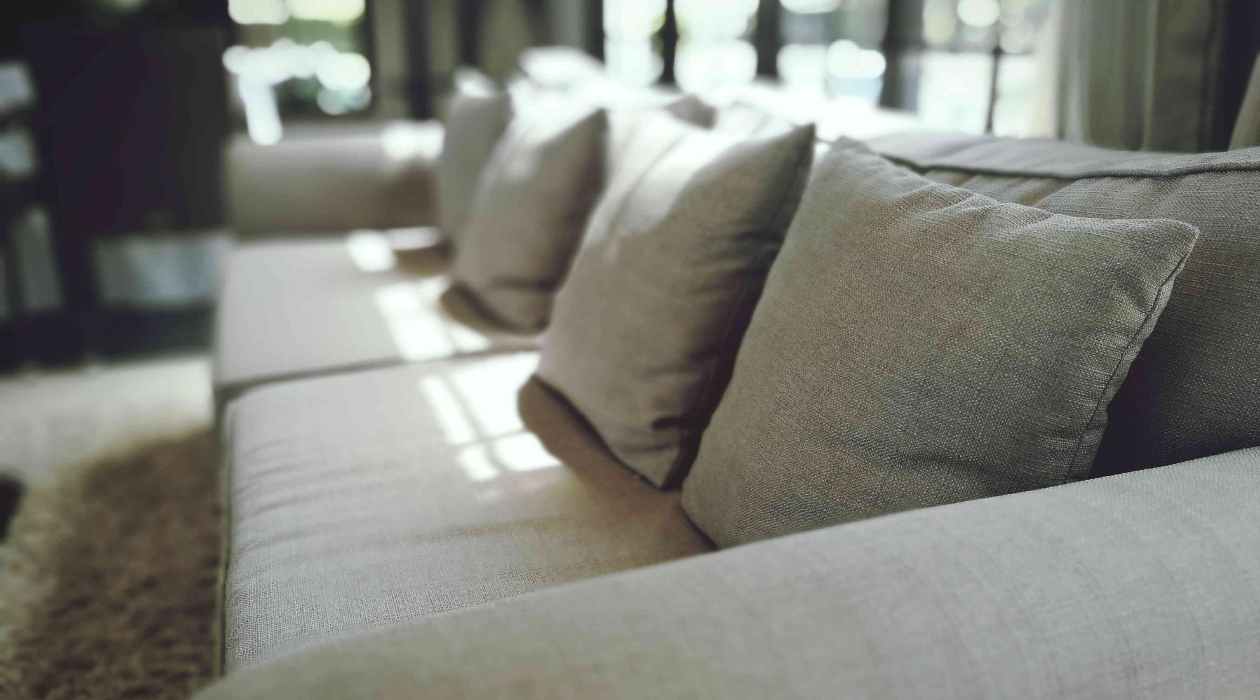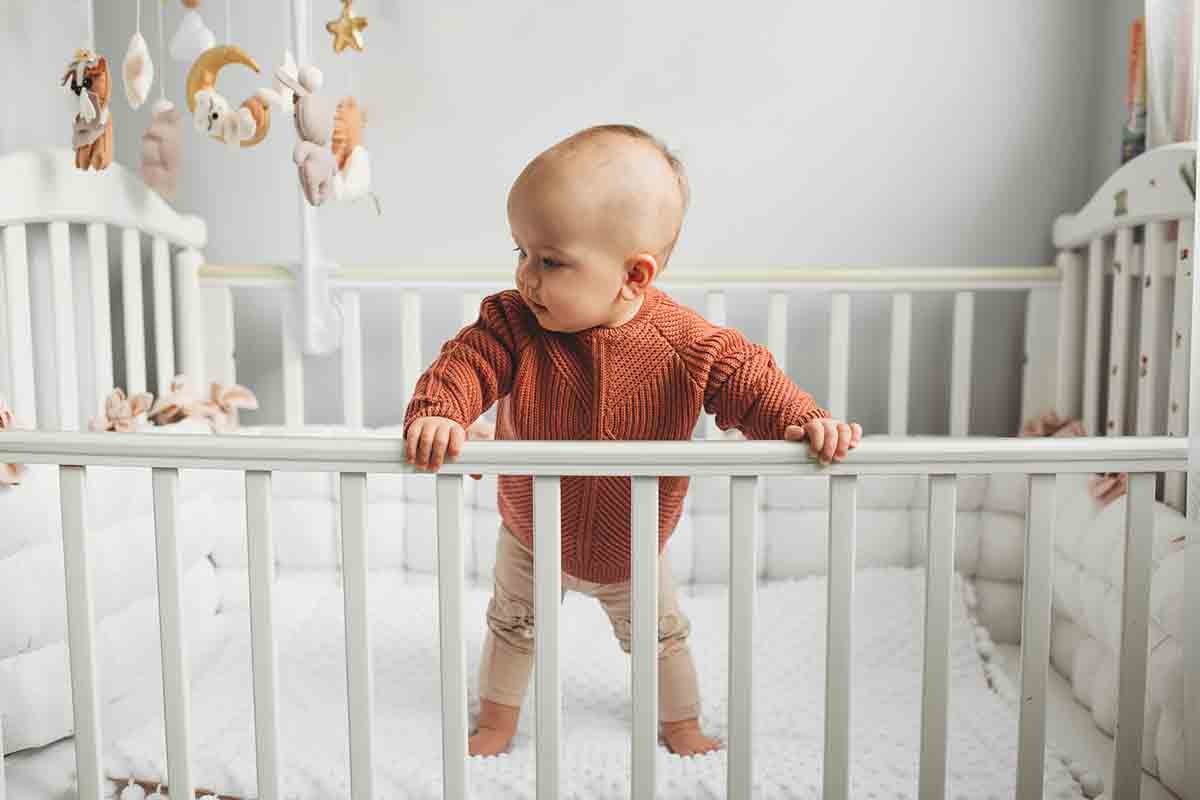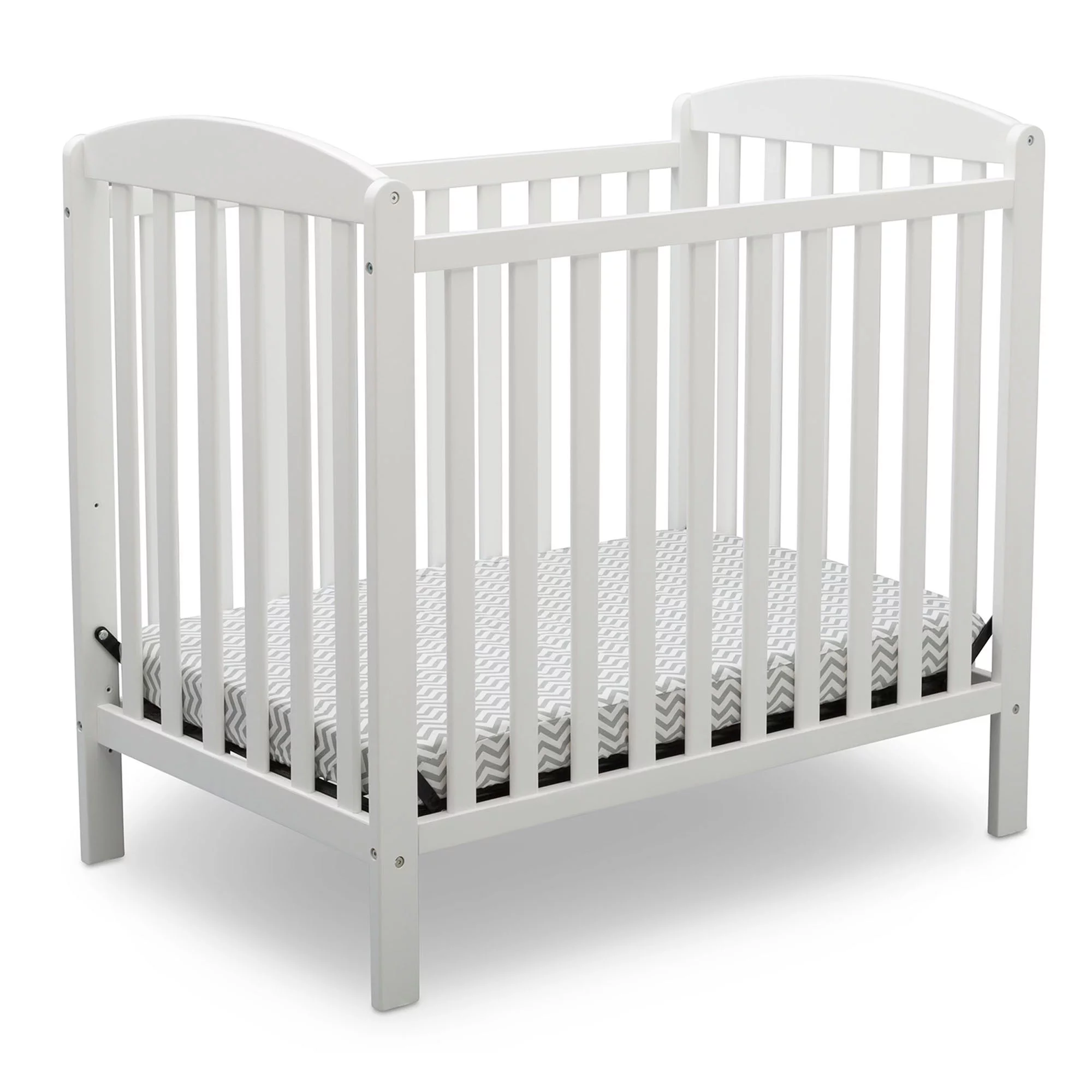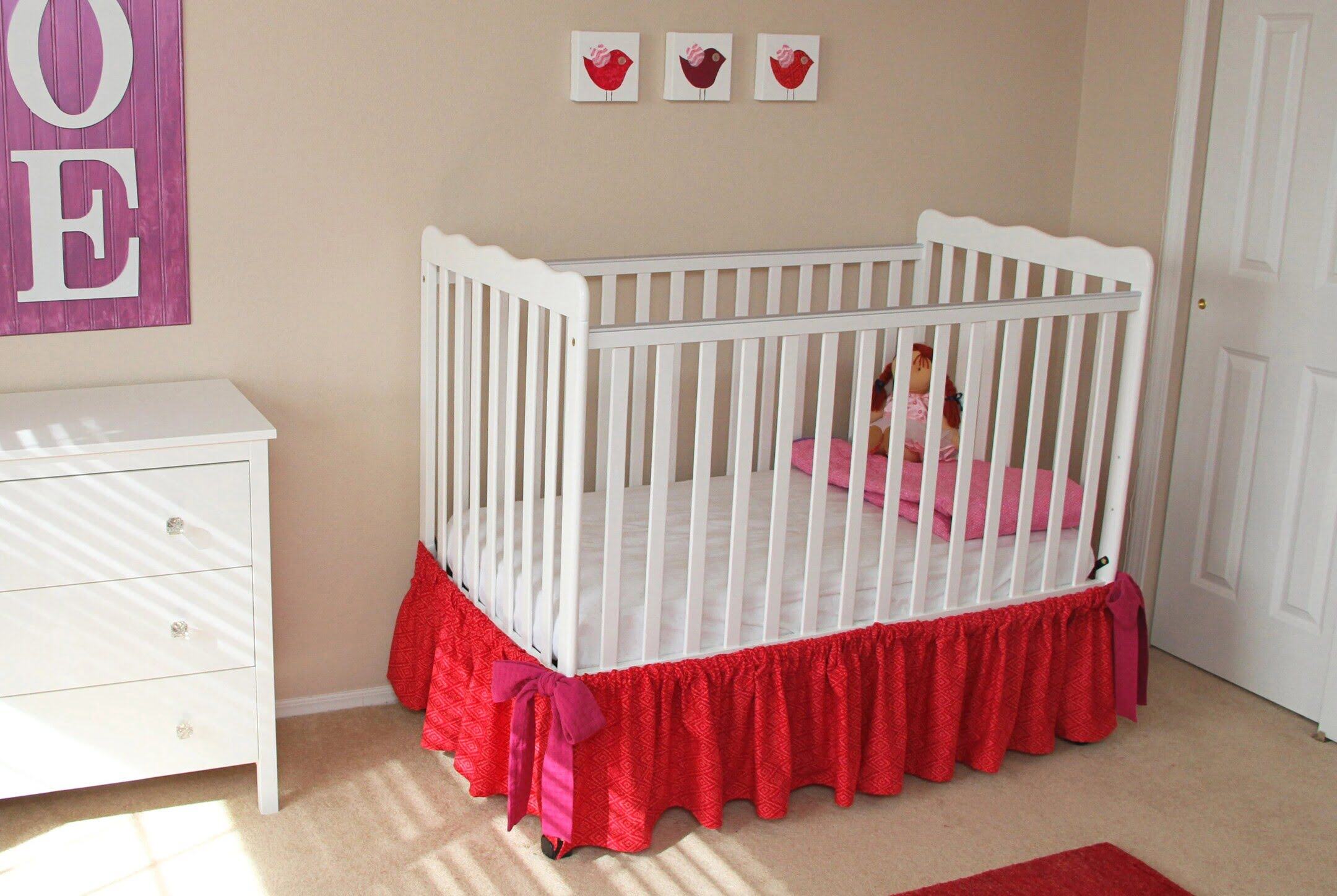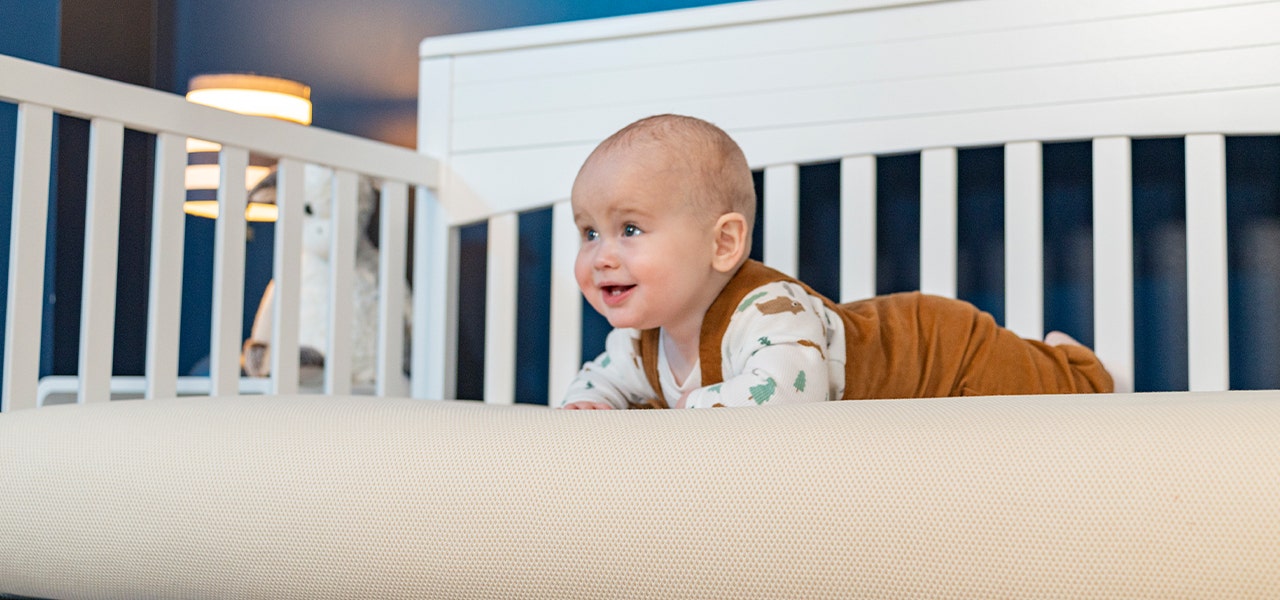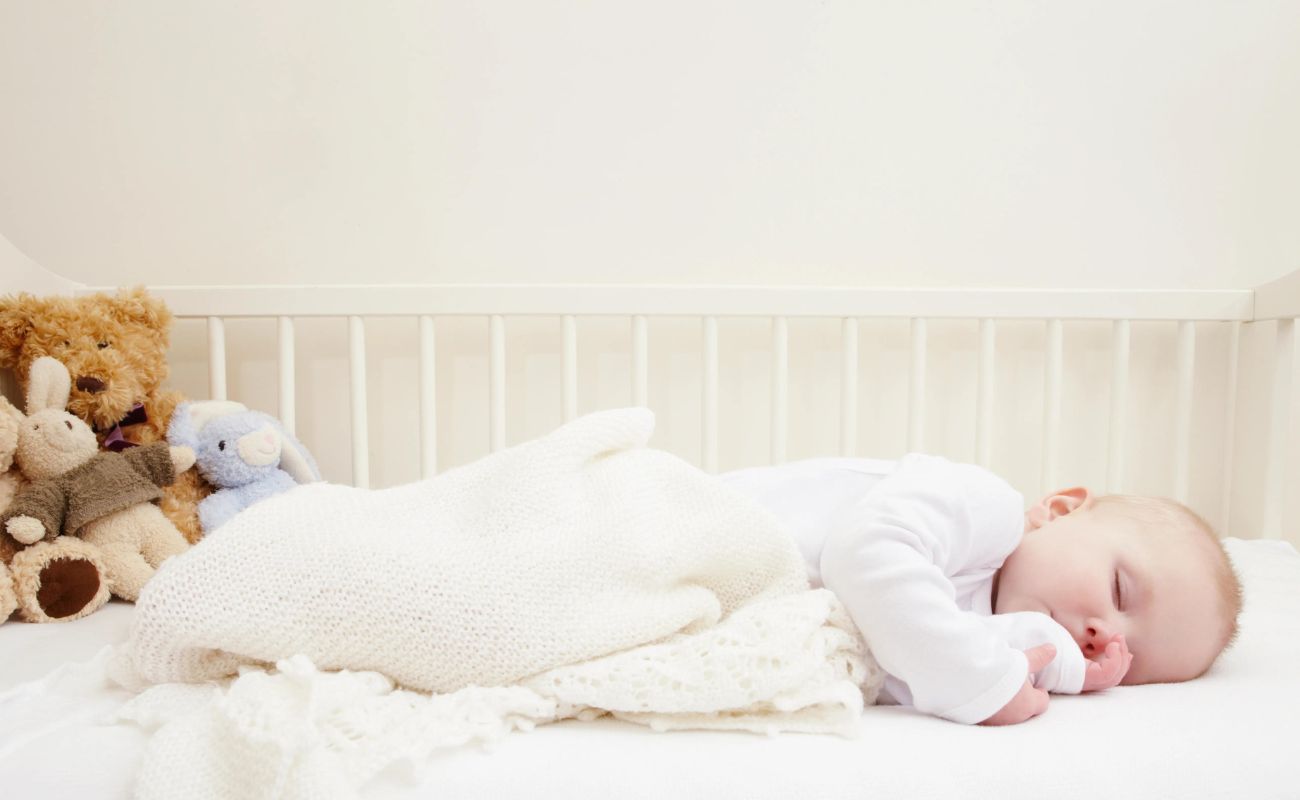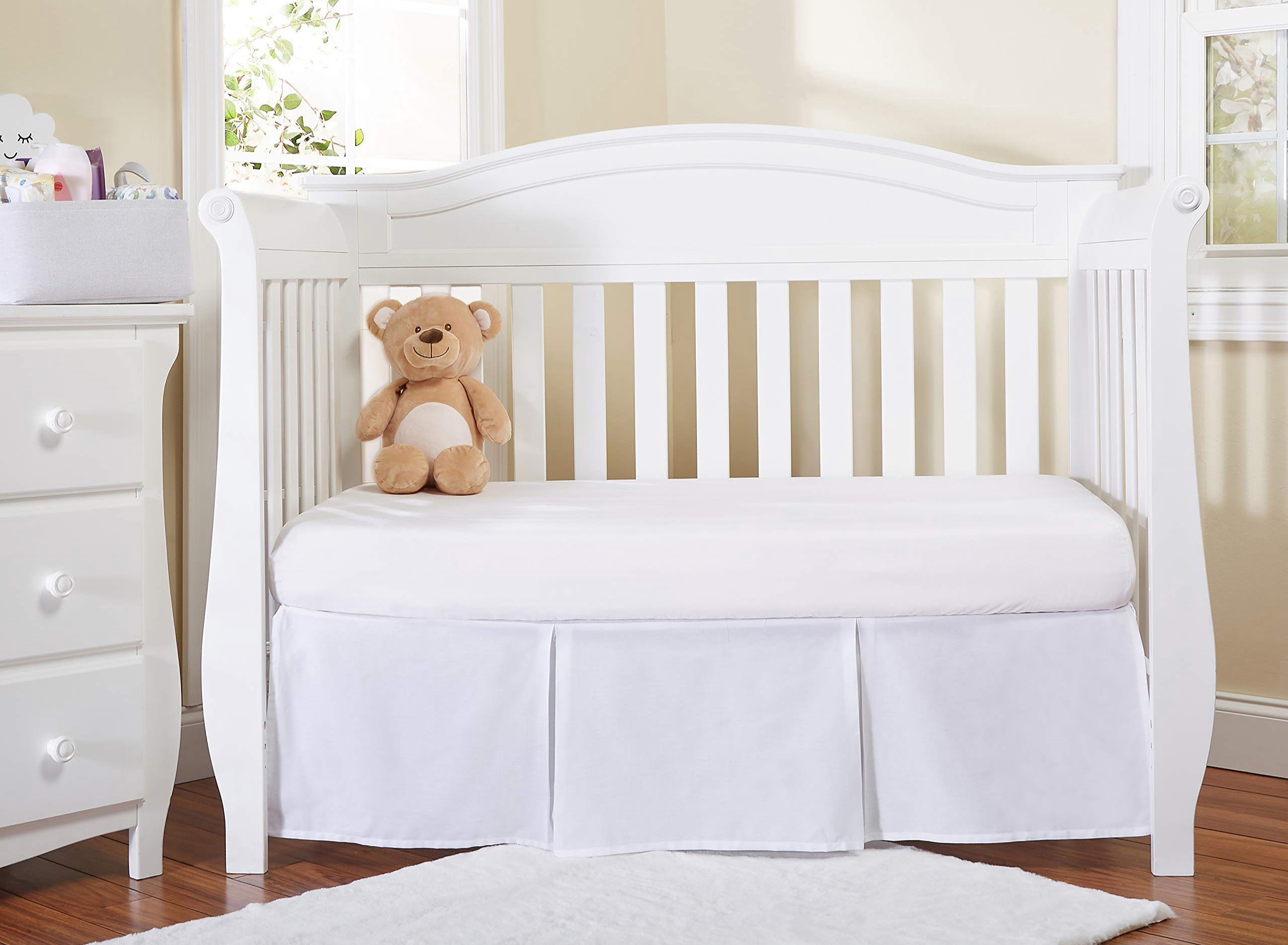Home>Furniture>Bedroom Furniture>How To Make A Crib Mattress Softer
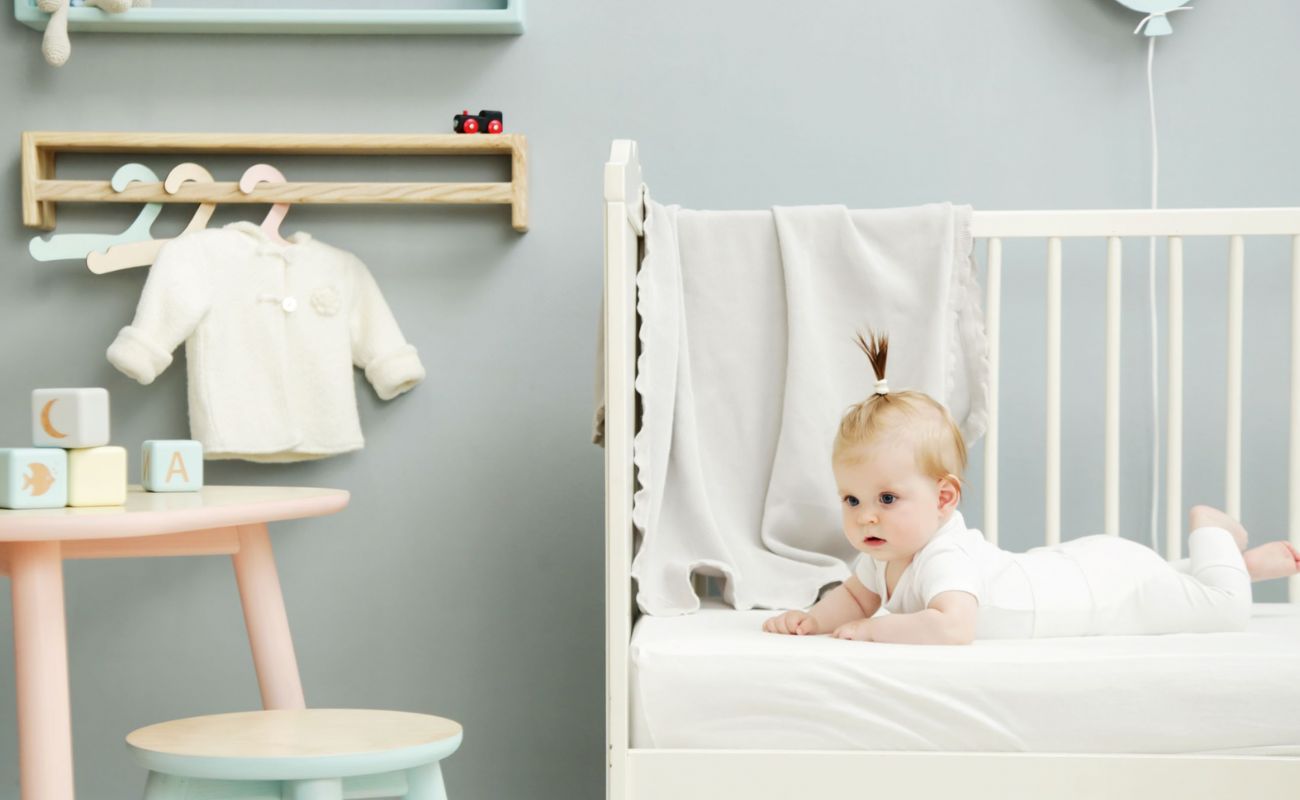

Bedroom Furniture
How To Make A Crib Mattress Softer
Modified: October 20, 2024
Transform your crib mattress into a luxurious haven with our expert guide on how to make it softer. Discover the best bedroom furniture tips and tricks to create ultimate comfort.
(Many of the links in this article redirect to a specific reviewed product. Your purchase of these products through affiliate links helps to generate commission for Storables.com, at no extra cost. Learn more)
Introduction
Welcome to our comprehensive guide on how to make a crib mattress softer. As a parent, you want the best for your baby, and ensuring a comfortable and cozy sleep environment is essential. While crib mattresses are designed to provide support and safety, some parents may find that the surface is too firm for their little ones. If your baby seems to have difficulty sleeping or frequently wakes up uncomfortable, it may be time to explore options for softening the crib mattress.
Before we dive into the various methods to make a crib mattress softer, it is important to note that safety should always be your top priority. While softening the mattress, you should ensure that it still meets the recommended safety standards to reduce the risk of suffocation or SIDS. Now, let’s explore why you might want a softer crib mattress and how to achieve it without compromising your baby’s safety.
Key Takeaways:
- Ensure your baby’s comfort and safety by softening their crib mattress. Assess the material, use washing and drying techniques, and consider mattress toppers for a cozy sleep environment.
- Select soft, breathable beddings and linens to complement a softer crib mattress. Practice proper maintenance to ensure a clean, hygienic, and comfortable sleep surface for your baby.
Read more: How To Make A Mattress Softer
Understanding the Need for a Softer Crib Mattress
When it comes to sleep, comfort is key for both babies and adults alike. Just like adults, babies can have different preferences when it comes to the firmness of their sleeping surface. While some infants may sleep soundly on a firm mattress, others may find it uncomfortable and have trouble settling down to sleep. It’s important to pay attention to your baby’s cues and assess whether a softer mattress could provide a better sleep environment for them.
There are a few reasons why you might consider making your baby’s crib mattress softer:
- Pressure point relief: A firm mattress may exert more pressure on your baby’s developing body, including their delicate joints and bones. A softer mattress can help provide relief from these pressure points, offering a more comfortable sleep experience.
- Support for growing bodies: While a firm mattress is crucial for newborns to reduce the risk of suffocation, as your baby grows, they may benefit from a little more cushioning. A softer mattress can provide better support for their developing bodies, promoting healthy growth and development.
- Temperature regulation: Some babies may become too warm on a firm mattress as it restricts airflow. A softer mattress can help regulate temperature by allowing air to circulate more freely, keeping your baby cool and comfortable.
Understanding the need for a softer crib mattress is the first step in creating a more comfortable sleep environment for your little one. However, it’s important to strike a balance between softness and safety. In the next section, we’ll delve into how to evaluate the material of the crib mattress and assess its suitability for modifications to make it softer.
Assessing the Mattress Material
Before you start making any modifications to your baby’s crib mattress, it’s crucial to assess the material it is made of. Different crib mattresses have varying levels of firmness depending on the materials used in their construction. Understanding the mattress material will help you determine the best approach to make it softer without compromising its safety or durability.
Here are a few common types of crib mattress materials:
- Innerspring Mattress: Innerspring mattresses have a core of steel coils surrounded by layers of cushioning material such as foam or cotton. These mattresses tend to be firmer, but the level of firmness can vary depending on the thickness and density of the additional cushioning layers.
- Foam Mattress: Foam mattresses are made from different types of foam, such as polyurethane, memory foam, or natural latex. Foam mattresses offer varying degrees of firmness, depending on the density of the foam. Higher density foam usually indicates a firmer mattress, while lower density foam may provide more softness and contouring.
- Organic and Natural Mattresses: Organic and natural crib mattresses are made from materials like organic cotton, wool, or natural latex. These mattresses are often a popular choice for parents seeking to minimize exposure to chemicals and potential allergens. The level of firmness can vary depending on the specific materials used.
Once you have identified the type of mattress you have, you can determine the feasibility of making it softer. Foam mattresses are generally more flexible when it comes to modification, while innerspring mattresses may not offer as much room for adjustment.
If you are unsure about the material or suitability of your crib mattress for modification, it’s always a good idea to consult the manufacturer’s instructions or reach out to them directly for guidance. Safety should always be the top priority when making any changes to your baby’s sleep surface.
Washing and Drying Techniques for Added Softness
One simple and effective way to make a crib mattress softer is by utilizing washing and drying techniques. This method is especially useful if your mattress has a removable cover or if it is made from materials that can withstand gentle washing.
Here’s a step-by-step guide on how to wash and dry your crib mattress to add an extra layer of softness:
- Check the Manufacturer’s Instructions: Before you proceed, it’s essential to review the manufacturer’s instructions for cleaning your specific crib mattress. Follow their recommendations to avoid any potential damage to the mattress or cover.
- Remove the Cover (if applicable): If your crib mattress has a removable cover, carefully remove it according to the manufacturer’s instructions. This will allow you to clean and dry the cover separately.
- Spot Clean Stains: If there are any visible stains on the mattress surface, gently spot clean them using a mild detergent mixed with water. Be careful not to saturate the mattress, as excessive moisture can lead to mold and mildew growth.
- Machine Wash the Cover: If your crib mattress cover is machine washable, place it in the washing machine and select a gentle cycle with a mild detergent. Avoid using harsh chemicals or bleach, as these can damage the fabric or cause irritation to your baby’s delicate skin.
- Use Fabric Softener: To add an extra touch of softness, add a small amount of fabric softener to the rinse cycle. This can help make the cover and mattress feel softer once dried.
- Hang Dry or Tumble Dry: Depending on the manufacturer’s instructions, you can either hang dry the cover or tumble dry it using a low heat setting. Avoid using high heat, as it can shrink or warp the fabric.
- Reassemble the Mattress: Once the cover is fully dry, carefully put it back on the crib mattress following the manufacturer’s instructions. Ensure that it fits snugly and securely.
By following these washing and drying techniques, you can freshen up your crib mattress and potentially make it feel softer. However, it’s important to note that this method may not dramatically alter the overall firmness of the mattress. If you’re looking for more significant softness, consider exploring the use of mattress toppers and pads, which we’ll discuss next.
To make a crib mattress softer, consider adding a mattress topper or a quilted mattress pad. These can provide an extra layer of cushioning for your baby’s comfort.
Utilizing Mattress Toppers and Pads
If you’re looking to add a layer of softness to your baby’s crib mattress, mattress toppers and pads can be a great option. These additional layers offer extra cushioning and can significantly improve the overall comfort level of the mattress. Here are a few options to consider:
- Cotton Mattress Pads: A cotton mattress pad is a lightweight and breathable option that can provide a soft and plush surface for your baby to sleep on. These pads are typically machine washable, making them easy to clean and maintain.
- Memory Foam Toppers: Memory foam toppers offer excellent contouring and pressure relief, making them a popular choice for softening mattresses. Look for a memory foam topper that is specifically designed for crib mattresses to ensure proper fit and safety.
- Lambswool or Wool Mattress Pads: Natural wool or lambswool mattress pads can add a layer of softness and warmth to the crib mattress while also providing temperature regulation. Wool is naturally hypoallergenic and resistant to dust mites, making it a safe choice for babies with sensitivities.
- Organic Latex Mattress Toppers: Organic latex toppers are made from all-natural latex and can offer a soft yet supportive surface for your baby. They are free from synthetic materials, chemicals, and allergens, making them a healthy and eco-friendly option.
When selecting a mattress topper or pad, it’s crucial to ensure that it fits securely on the crib mattress and does not create a suffocation hazard. Follow the manufacturer’s guidelines for proper installation and use.
Remember that adding a mattress topper or pad may change the height of the mattress, so it’s important to reassess the crib’s safety standards. Ensure there are no gaps or spaces between the mattress and the crib sides that could pose a risk to your baby.
By utilizing mattress toppers and pads, you can customize the level of softness to match your baby’s comfort needs. However, it’s important to monitor your baby’s sleep patterns and preferences to ensure they are still safe and comfortable in their crib.
Read more: How To Make My Memory Foam Mattress Softer
Choosing the Right Beddings and Linens
In addition to softening the crib mattress itself, selecting the right beddings and linens can contribute to a cozier and more comfortable sleep environment for your baby. Here are some factors to consider when choosing beddings and linens:
- Sheet Material: Opt for soft and breathable materials like cotton or bamboo for your baby’s crib sheets. These materials are gentle on your baby’s delicate skin, allow air circulation, and promote temperature regulation.
- Thread Count: Look for crib sheets with a higher thread count, typically ranging from 200 to 400. A higher thread count indicates a softer and smoother fabric, offering added comfort for your baby.
- Fitted Sheets: Choose fitted sheets that are specifically designed for crib mattresses. They should fit snugly and securely without any loose or wrinkled areas that could potentially pose a safety hazard.
- Mattress Protectors: Consider using a mattress protector to safeguard the crib mattress from spills, stains, and moisture. Opt for a breathable and waterproof protector that does not alter the overall firmness of the mattress.
- Blankets and Swaddles: When it comes to blankets and swaddles, prioritize lightweight and breathable options that provide warmth without the risk of overheating. Avoid using heavy or excessively fluffy blankets, as they can pose suffocation hazards for infants.
- Pillows and Stuffed Animals: It is important to note that pillows, stuffed animals, and other soft items should not be placed in the crib with a baby under 12 months of age, as they can increase the risk of suffocation. Once your baby reaches an appropriate age, choose hypoallergenic and soft pillows and toys to enhance their comfort.
By carefully selecting beddings and linens that are soft, breathable, and safe, you can contribute to a more comfortable sleep experience for your little one. Regularly wash and change the sheets to maintain freshness and cleanliness.
Remember to follow safe sleep guidelines recommended by organizations such as the American Academy of Pediatrics, which advise placing babies on their backs to sleep in a crib with a firm mattress covered by a fitted sheet.
Ensuring Proper Maintenance and Care
To keep your crib mattress in optimal condition and prolong its lifespan, it’s important to practice proper maintenance and care. By following these guidelines, you can ensure that your baby’s crib mattress remains clean, hygienic, and comfortable:
- Regularly Clean and Air Out: Clean the crib mattress regularly by wiping it down with a damp cloth to remove any spills or stains. Allow the mattress to air out periodically by removing any bedding and opening the windows to promote ventilation.
- Prevent Liquid Damage: Use a waterproof mattress pad or a fitted sheet with a waterproof backing to protect the mattress from any potential liquid spills or accidents. This will help prevent moisture from seeping into the mattress and causing damage or mold growth.
- Rotate the Mattress: To promote even wear and prevent sagging, consider rotating the mattress periodically. This can help distribute the weight evenly and extend the lifespan of the mattress.
- Avoid Excessive Weight or Pressure: Refrain from using the crib mattress as a seating or jumping surface for older children. Excessive weight or pressure can cause the mattress to lose its shape and firmness over time.
- Inspect for Damage: Regularly inspect the crib mattress for any signs of damage, such as tears, sagging, or broken springs (if applicable). If you notice any significant damage, it may be time to replace the mattress to ensure your baby’s safety and comfort.
- Follow Manufacturer’s Guidelines: Always refer to the manufacturer’s instructions for specific care and maintenance recommendations for your crib mattress. Each mattress may have its own unique requirements.
While making your crib mattress softer is important, maintaining its cleanliness and integrity is equally crucial. Regular maintenance and care not only ensure a comfortable sleep surface for your baby but also contribute to their overall safety and well-being.
By implementing these maintenance practices, you can prolong the life of the crib mattress and provide your baby with a clean and cozy sleep environment night after night.
Conclusion
Creating a comfortable and cozy sleep environment for your baby is essential for their well-being and quality of rest. If you find that your baby’s crib mattress is too firm, there are several methods you can employ to make it softer without compromising their safety.
Start by assessing the mattress material and determining its suitability for modification. Washing and drying techniques can add some softness by refreshing the mattress, especially if it has a removable cover. Additionally, utilizing mattress toppers and pads can significantly enhance the comfort level by providing an extra layer of cushioning.
When choosing beddings and linens, opt for soft and breathable materials such as cotton or bamboo. Pay attention to thread count and ensure that fitted sheets fit snugly on the mattress. However, always remember to follow safe sleep guidelines and avoid placing pillows, stuffed animals, or loose bedding in the crib for infants under 12 months of age.
Proper maintenance and care are crucial to ensuring the longevity and hygiene of the crib mattress. Regularly clean and air out the mattress, use waterproof protectors, rotate it periodically, and inspect for any signs of damage.
By incorporating these methods and practices, you can enhance the comfort and softness of your baby’s crib mattress, contributing to a peaceful and restful sleep for your little one.
Remember, your baby’s safety should always be the top priority. If you have any concerns or questions, consult the manufacturer’s guidelines or seek advice from professionals in the field.
Now, armed with this knowledge, you can create a cozy and inviting sleep environment that will help your baby drift off to dreamland in ultimate comfort.
Frequently Asked Questions about How To Make A Crib Mattress Softer
Was this page helpful?
At Storables.com, we guarantee accurate and reliable information. Our content, validated by Expert Board Contributors, is crafted following stringent Editorial Policies. We're committed to providing you with well-researched, expert-backed insights for all your informational needs.
